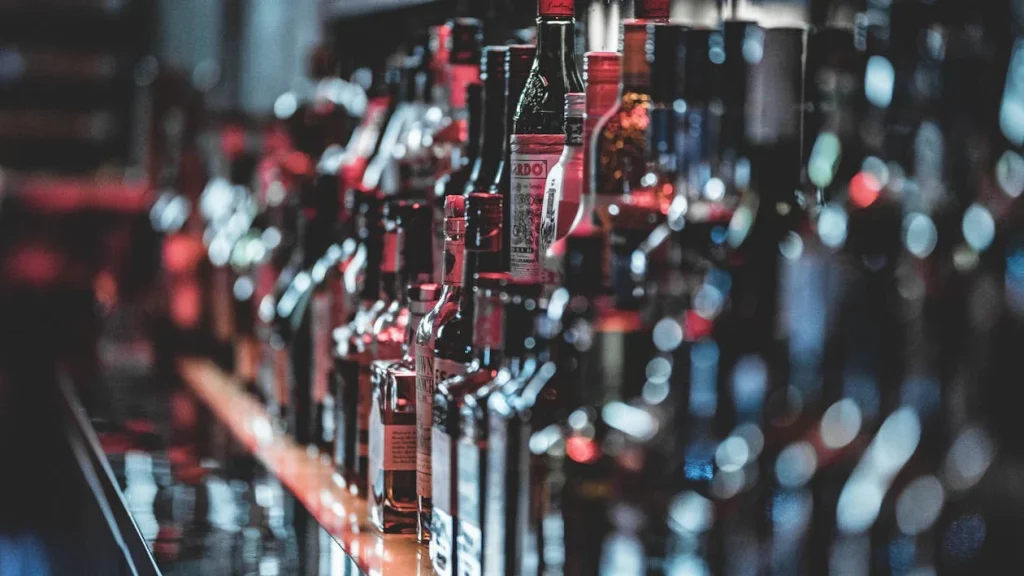The Hidden Cost of a Few Missing Ounces
You ever wonder why your bar sales look great on paper, but your bank balance tells another story? That missing tequila shot here or an overpour there—it adds up. Quietly, consistently, and expensively. For small restaurant owners, especially those running busy bars, the bleed is often in the bottle. But the fix? It’s not just locking the liquor cage. It’s knowing your numbers like you know your cocktail recipes.
The Real Cost of Pouring Without Tracking
Let’s be honest: most folks think liquor inventory is just a stock-take ritual—something you do Sunday night with a clipboard, a flashlight, and maybe a grumble. But sloppy tracking has real financial consequences. A miscounted bottle or undocumented spill? That’s margin walking out the door.
Poor inventory practices can distort your COGS and mess with your gross profit reports. Worse yet, they can mask operational issues that might be killing your bottom line. That bottle of bourbon isn’t just product—it’s data. If you’re not capturing that, you’re working blind.
More Than Just Counting Bottles: What Inventory Software Actually Does
Now, liquor control systems like BevSpot, Partender, or BarTrack aren’t just digital glorified spreadsheets. They give you real-time visibility—what’s moving fast, what’s stuck collecting dust, and what needs to be re-ordered before you run out mid-shift on a Friday night.
They can even estimate your theoretical pour cost and flag variances. Translation? You see the gap between what should have been poured based on sales and what was poured based on inventory. And once you see the variance, you can address it—whether that’s staff training, new pour policies, or just updating those sticky handwritten prep sheets.
Where Accounting Comes In: Connecting the Bar to the Books
This is where things get interesting—because inventory tools alone won’t fix your margins. The magic happens when your liquor tracking syncs with your accounting.
Why? Because your P&L depends on accurate COGS, and your tax planning depends on clean expense categorization. If you’re still recording liquor purchases in bulk, across a few broad accounts, you’re missing the granularity that can show you what’s profitable and what’s draining cash.
Modern accounting systems—especially those designed with restaurants in mind like MarginEdge or Restaurant365—can categorize your beverage costs by type, track vendor pricing fluctuations, and even flag unusual purchase trends. Paired with a proper liquor inventory system, you’re no longer just seeing the story; you’re reading between the lines.
It’s Not Just Theft—It’s Human Error, Waste, and Poor Forecasting
Let’s kill the myth: liquor loss isn’t always theft. Sometimes it’s bad math. Sometimes it’s the 18-year-old busser accidentally dumping top-shelf gin down the drain because he thought it was spoiled. Sometimes it’s your bartender overpouring because no one calibrated the jiggers.
Other times? It’s just poor forecasting. You ordered 12 bottles of peach schnapps for that one-weekend event last July and forgot them in the back. Now they’re collecting dust and screwing up your cost ratios. That’s money sitting on a shelf, untouched.
Inventory software can help flag these patterns, but it takes solid bookkeeping to reflect them properly and guide smarter future purchasing.
Syncing Your POS, Inventory Tools, and Accounting Software: Yes, It Matters
Here’s the thing: if your point-of-sale system doesn’t talk to your inventory platform, and your inventory tool doesn’t sync with your accounting software—what are you even doing?
Disconnected tools lead to duplicate work, skewed reports, and confused staff. When integrated correctly, these systems create a closed loop—sales inform inventory, which informs cost tracking, which flows into your financials. You’re not juggling numbers, you’re reading insights.
And the good news? Most modern tools offer API connections or Zapier-style automations that make integration easier than you think. It’s not a tech problem—it’s a process problem.
What Happens When It All Works Together
When you get your liquor control system and accounting aligned, you’ll notice something: peace of mind. Not just because your books are accurate, but because you finally know what’s happening behind the bar without needing to hover.
Forecasting becomes easier. Your reorder schedule becomes tighter. Pricing decisions become less gut-driven and more data-backed. That’s what real financial control looks like—it’s not glamorous, but it’s profitable.
You’ll even find opportunities to adjust your menu or reprice cocktails based on actual pour costs rather than industry guesses. Suddenly, those happy hour specials start making sense—financially and strategically.
Final Thoughts
Good liquor tracking isn’t about counting every drop. It’s about understanding what the numbers are telling you—so you can stop the slow leaks and start pouring more profit into your business. You’ve already got the hustle; pairing it with better systems just makes the math work in your favor.
You don’t need a finance degree to manage bar costs effectively—you just need the right setup and a clear connection between your inventory, operations, and accounting. Once they’re in sync, it’s like upgrading from a shot glass to a full pour—clean, measured, and worth every drop.

